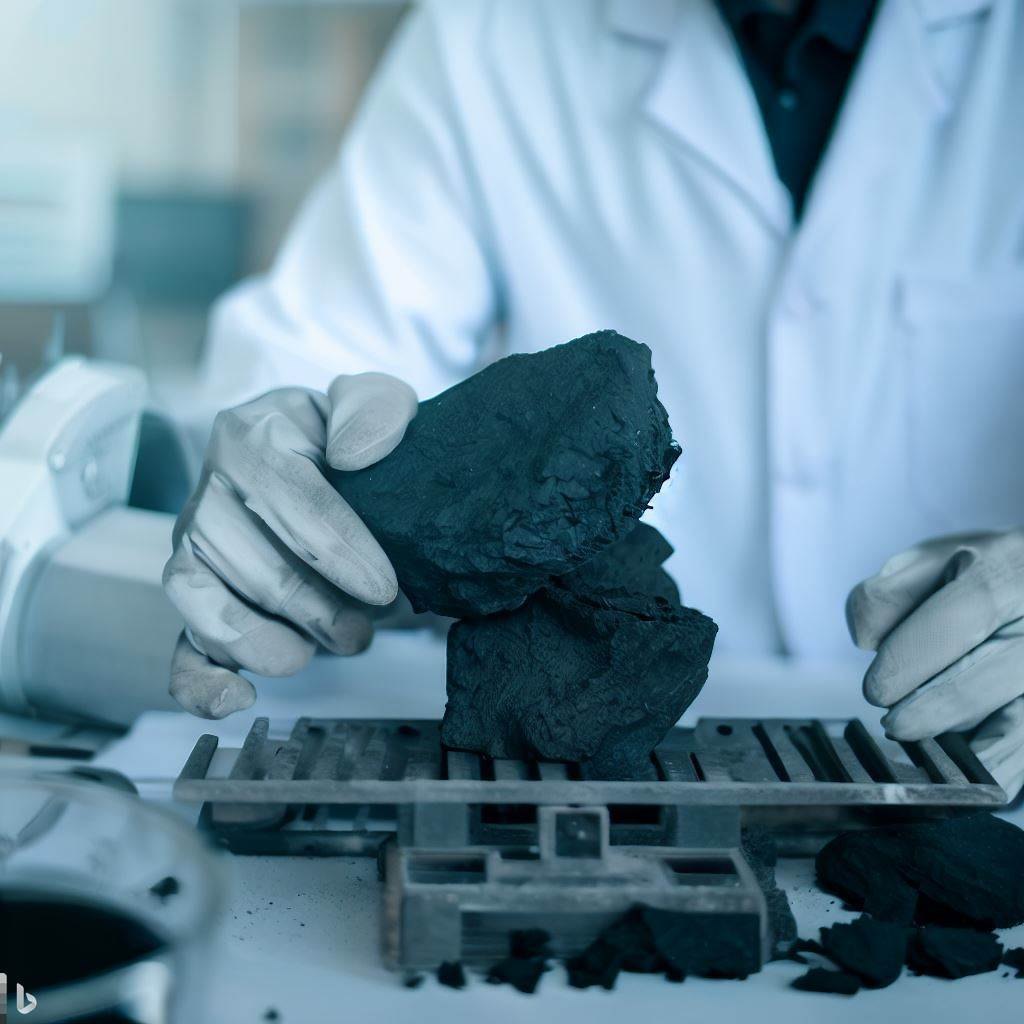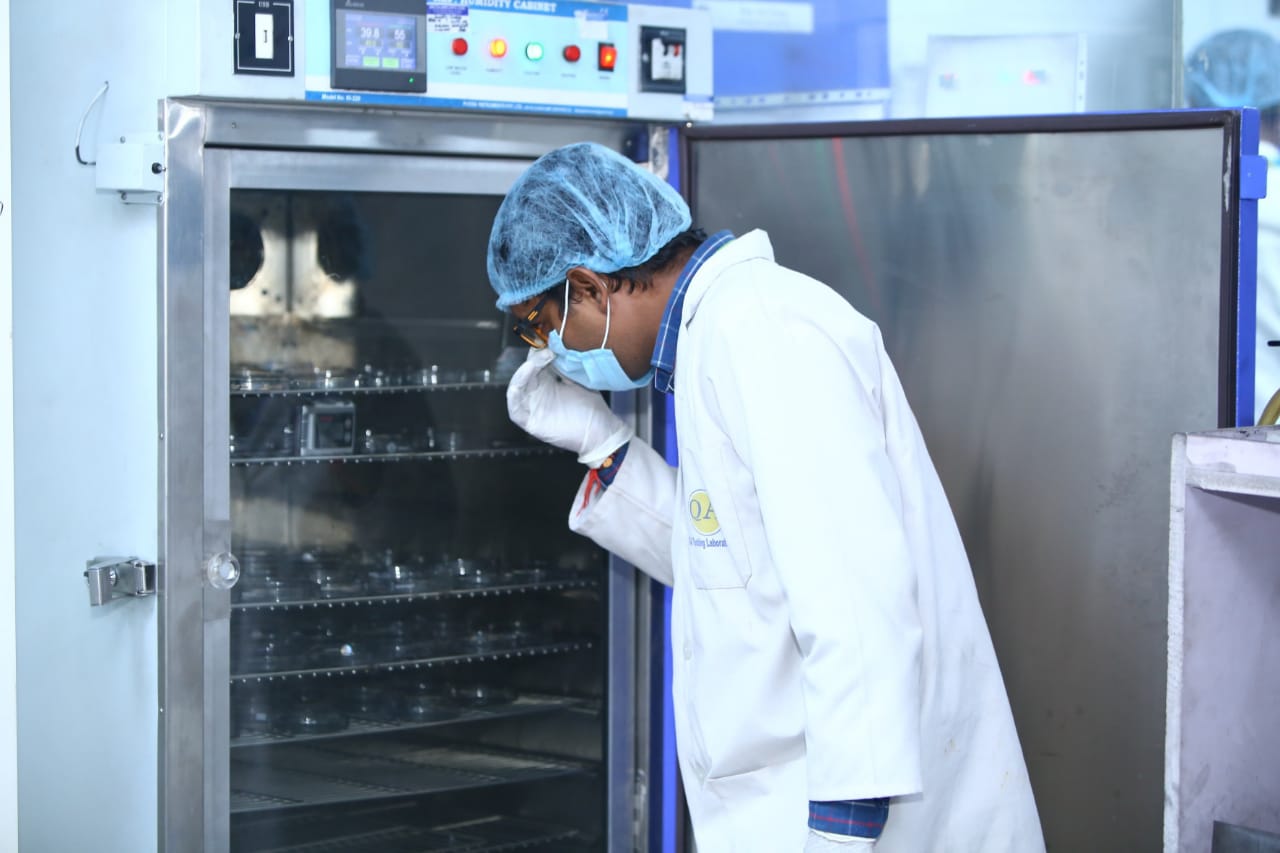Coal testing and analysis, focusing on various tests that help assess the quality of coal, performance, and suitability for different industrial applications.
In India, coal is the primary source of electricity. Due to its varied utility, coal never runs out of demand and is imported to other countries for its increasing energy demands. Coal is mainly categorized into four types of ranks namely lignite, sub-bituminous, bituminous, and anthracite; these four types of ranks are the outcome of the process of coalification. The ranks of the coal are determined by the degree of transformation and have different physical and chemical properties. These properties of coal are accurately verified from the testing methods, which are later used for determining characterization, commercial grading, and deciding its utilization as per need and demand.


